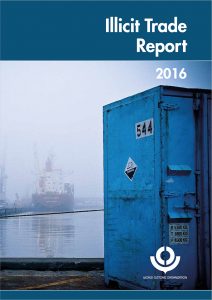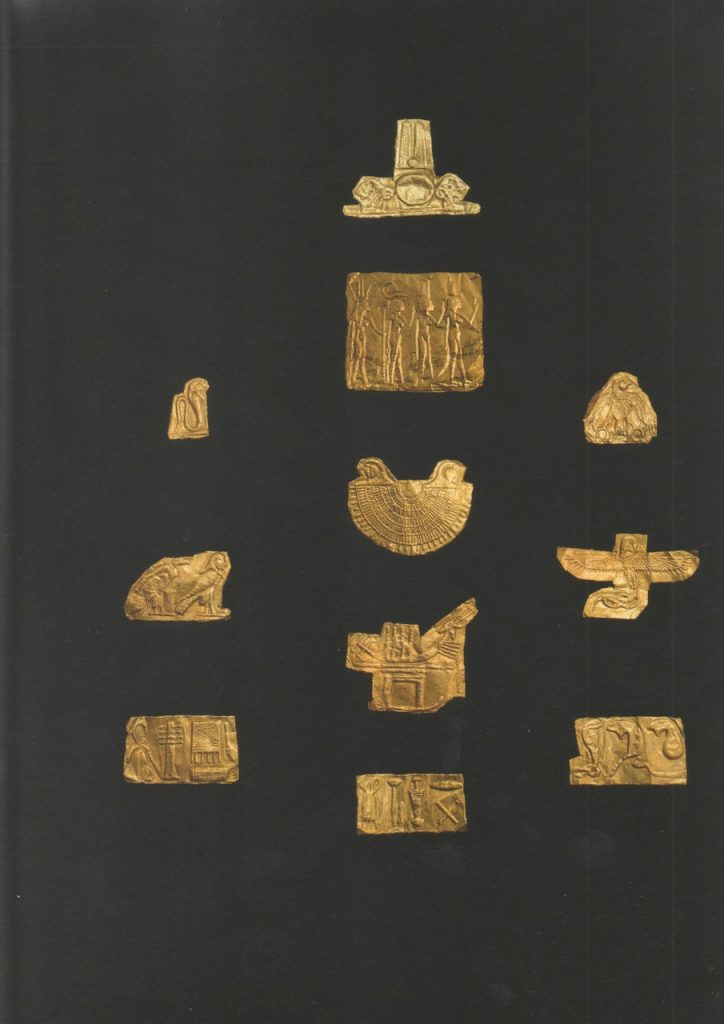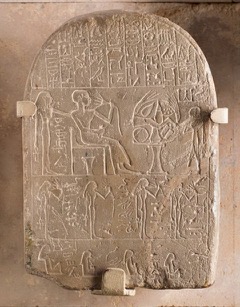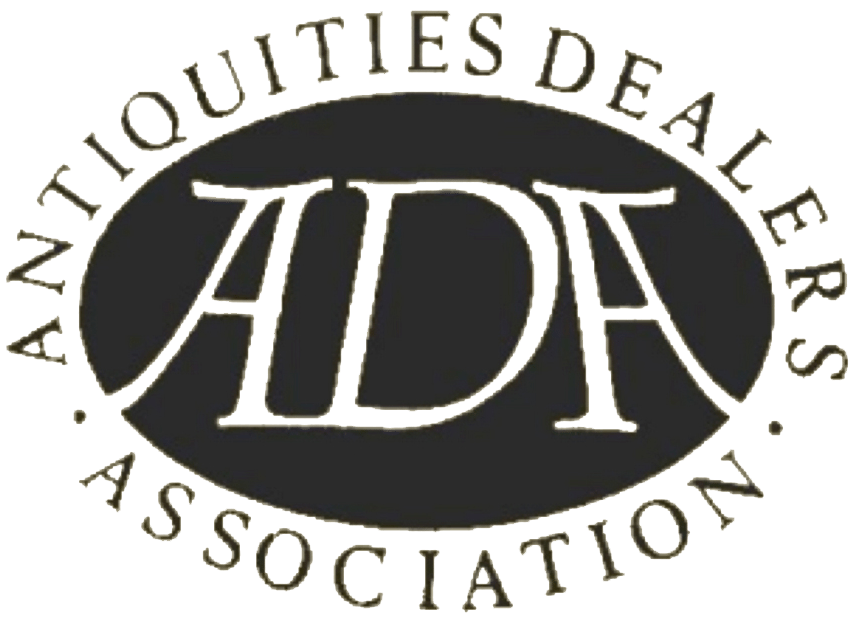by Antiquities Dealers' Association | Aug 29, 2018 | News |
According to Le Temps, the Geneva Public Ministry has ordered the escrow to be lifted from nearly 5,000 antiques belonging to art dealer Ali Aboutaam. Almost all of the objects, suspected of illicit provenance, had been seized last year. A further 6,000 objects remain in custody.
The saga began in 2015, when the Public Ministry seized three sarcophagi. The courts have now decided to return two, while the third was the subject of an appeal by Aboutaam to the Federal Court. However, he withdrew the appeal after his wife was released from custody after 15 days, having been arrested on suspicion of criminal activity following her removal of artworks from one place of storage to another, the paper reports. The third sarcophagus will now be returned to Turkey.
The authorities suspect Aboutaam of holding art looted in Syria and Iraq, charges the dealer has always fiercely denied.
The saga took a bizarre turn in May, when 23 seized objects with a market value of around 4 million Swiss francs were stolen from the custody of the prosecution authorities. They remain at large.
Aboutaam’s lawyer, Didier Bottge, has been highly critical of the authorities for seizing the objects without being able to show illicit provenance. He added that among the seized items were coins whose existence and presence in Switzerland was clearly documented in anticipation of the entry into force of the Law on the Transfer of Cultural Property (LTBC) in 2005.
Despite the objects being inventoried by a bailiff, the public prosecutor has cautioned that this does not prove they are legally held by Aboutaam. The prosecutor would not comment on whether the release of the 5,000 items was an admission by the state that they were above suspicion.
The release may, in part, have been prompted by legal action from a Colorado couple whose 18 Greek, Roman and Egyptian antiquities were among the seized items. They had consigned them to Aboutam for sale. Suing the Swiss government, the couple claimed that, “neither the Federal Office of Culture nor the Federal Customs Administration has invoked an appropriate legal basis for the seizure of their property”, and they claimed compensation of $24 million. Despite this, their possessions are not among the 5,000 released items.
As a postscript, it has emerged that in their eagerness to seize the objects, the authorities also seized a terracotta sculpture of an animal that they listed as a Mesopotamian object… until it was released a few weeks later, having been identified as the creation of Aboutaam’s 11-year-old daughter, labelled “With love, for Daddy”.
by Antiquities Dealers' Association | Mar 5, 2018 | News, Uncategorized |
 For some time now, anti-trade campaigners, NGOs, politicians and even international law enforcement agencies have stated that trafficked antiquities are the third largest source of terrorist financing after trafficked drugs and weapons. These claims have always been unsubstantiated and although Interpol quotes a similar claim on its Art Crime page (“The black market in works of art is becoming as lucrative as those for drugs, weapons and counterfeit goods”), it then contradicts this in detail in the Frequently Asked Questions on the same page.
For some time now, anti-trade campaigners, NGOs, politicians and even international law enforcement agencies have stated that trafficked antiquities are the third largest source of terrorist financing after trafficked drugs and weapons. These claims have always been unsubstantiated and although Interpol quotes a similar claim on its Art Crime page (“The black market in works of art is becoming as lucrative as those for drugs, weapons and counterfeit goods”), it then contradicts this in detail in the Frequently Asked Questions on the same page.
Now, however, the World Customs Organisation has included figures for trafficked cultural property, including antiquities, in its annual report for the first time and this gives us a clearer picture of what the situation really is. In summary, this is what it says:
Number of Seizures
Drugs: c.45,000
Weapons and ammunition: c.4500
Cultural property: 146
Of which antiquities (mostly coins, seals and jewels): c.70
So in terms of the number of seizures across these three areas, drugs account for 90.6% of seizures, weapons and ammunition 9.1%, cultural property 0.3%, of which antiquities account for 0.14%.
Volumes
Although there is no direct correlation between the three areas in terms of volumes seized, summary totals give some indication of comparative scale:
Drugs: c.1.5 million kilos
Weapons and ammunition: c.2.5 million pieces
Cultural property: 8483 items
Of which Antiquities: c.6600 items (including coins)
Details:
- Drugs: 1 million kilos of cannabis, 180,773 kilos of cocaine, 99,000 kilos of khat, approx. 200,000 kilos of opiates, psychotropic and other substances. Total c.1.5 million kilos. Number of seizures: c.45,000.
- Weapons & ammunition: number of pieces seized c.2.5 million. Number of seizures: c.4500.
- Cultural Property: 8483 objects seized (Of which Antiquities c.6600). Number of seizures: 146. (Of which Antiquities c.70)
Also included in the report are figures for seizures linked to environmental (i.e. animal and plant) products. Again, exact comparisons are not easy, but the number of seized items alone rises towards the 750,000 mark, while the total number of seizures reported was 2225.
by Antiquities Dealers' Association | Mar 3, 2018 | News, Uncategorized |
ADA adviser Ivan Macquisten has written a detailed analysis on the upcoming changes in data protection regulations for the EU for The Art Newspaper. This includes the Information Commissioner’s Office advice on what steps for businesses to take now. These changes will affect all businesses operating in the market to some degree. You can read Ivan’s article at this link.
by Antiquities Dealers' Association | Feb 7, 2018 | News |
 Gallery Drees in Brussels has reported the theft of this collection of Egyptian gold pieces from the gallery between December and January.
Gallery Drees in Brussels has reported the theft of this collection of Egyptian gold pieces from the gallery between December and January.
Please report any sightings or other relevant information to the police.
by Antiquities Dealers' Association | Nov 10, 2017 | News, Uncategorized |
The Committee For Cultural Policy has highlighted the devastating theft of Viking material from the University Museum of Bergen. The burglary took place on the weekend of August 11-13 when the thieves climbed scaffolding to a seventh-floor window, broke in and stole 400 artefacts that were in temporary storage.
Full details available from the Committee For Cultural Policy website.
Further theft alert
 This Egyptian stele, pictured right has been stolen from the Musée de Marseille. It is 24cm x 17.5cm x 7cm. Please contact the police if you see it.
This Egyptian stele, pictured right has been stolen from the Musée de Marseille. It is 24cm x 17.5cm x 7cm. Please contact the police if you see it.
by Antiquities Dealers' Association | Oct 4, 2017 | News, Uncategorized |
The European Commission’s 199-page Deloitte report into tackling cultural property trafficking now confirms that there is no evidence at all that terrorism-related cultural goods are entering the EU, or that an illicit market in cultural property run by organised crime exists.
Despite this, the European Commission plans to press ahead with more restrictive import/export legislation from January 2019 to tackle a problem it has identified does not exist, even though the Deloitte report acknowledges this will damage the international art market.
Read Ivan Macquisten’s latest blog summarising the issues at hand.

 For some time now, anti-trade campaigners, NGOs, politicians and even international law enforcement agencies have stated that trafficked antiquities are the third largest source of terrorist financing after trafficked drugs and weapons. These claims have always been unsubstantiated and although Interpol quotes a similar claim on its Art Crime page (
For some time now, anti-trade campaigners, NGOs, politicians and even international law enforcement agencies have stated that trafficked antiquities are the third largest source of terrorist financing after trafficked drugs and weapons. These claims have always been unsubstantiated and although Interpol quotes a similar claim on its Art Crime page ( Gallery Drees in Brussels has reported the theft of this collection of Egyptian gold pieces from the gallery between December and January.
Gallery Drees in Brussels has reported the theft of this collection of Egyptian gold pieces from the gallery between December and January. This Egyptian stele, pictured right has been stolen from the Musée de Marseille. It is 24cm x 17.5cm x 7cm. Please contact the police if you see it.
This Egyptian stele, pictured right has been stolen from the Musée de Marseille. It is 24cm x 17.5cm x 7cm. Please contact the police if you see it.
Recent Comments